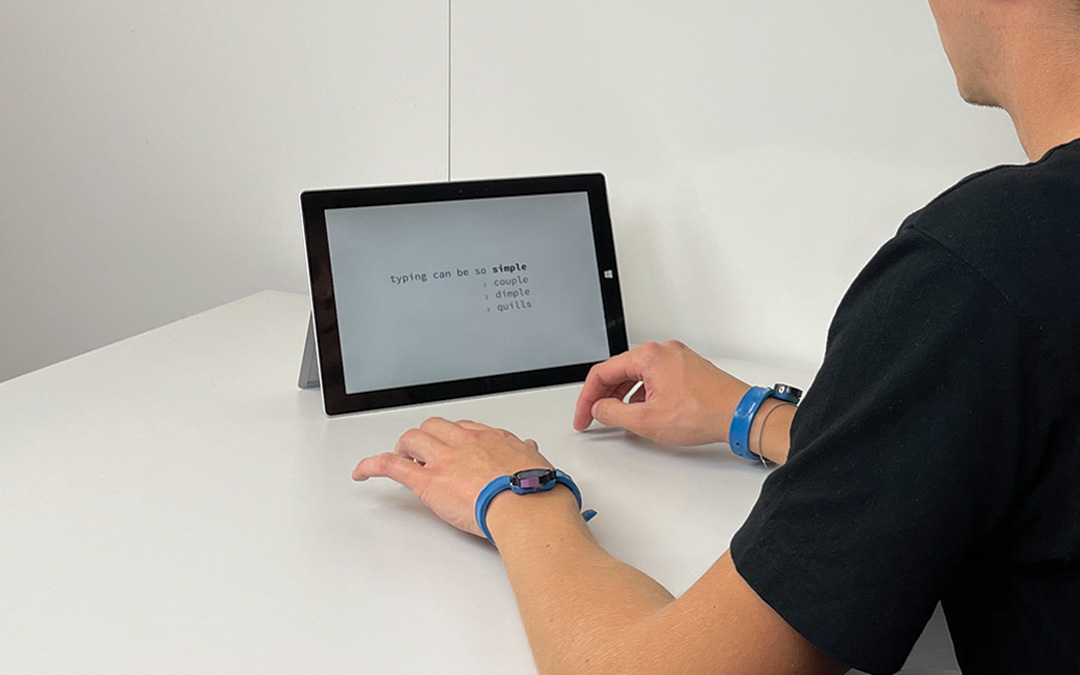Understanding Touch
ACM CHI 2011Abstract
Current touch devices, such as capacitive touchscreens are based on the implicit assumption that users acquire targets with the center of the contact area between finger and device. Findings from our previous work indicate, however, that such devices are subject to systematic error offsets. This suggests that the underlying assumption is most likely wrong. In this paper, we therefore revisit this assumption. In a series of three user studies, we find evidence that the features that users align with the target are visual features. These features are located on the top of the user’s fingers, not at the bottom, as assumed by traditional devices. We present the projected center model, under which error offsets drop to 1.6mm, compared to 4mm for the traditional model. This suggests that the new model is indeed a good approximation of how users conceptualize touch input. The primary contribution of this paper is to help understand touch—one of the key input technologies in human-computer interaction. At the same time, our findings inform the design of future touch input technology. They explain the inaccuracy of traditional touch devices as a “parallax” artifact between user control based on the top of the finger and sensing based on the bottom side of the finger. We conclude that certain camera-based sensing technologies can inherently be more accurate than contact area-based sensing.
Reference
Christian Holz and Patrick Baudisch. Understanding Touch. In Proceedings of ACM CHI 2011.






